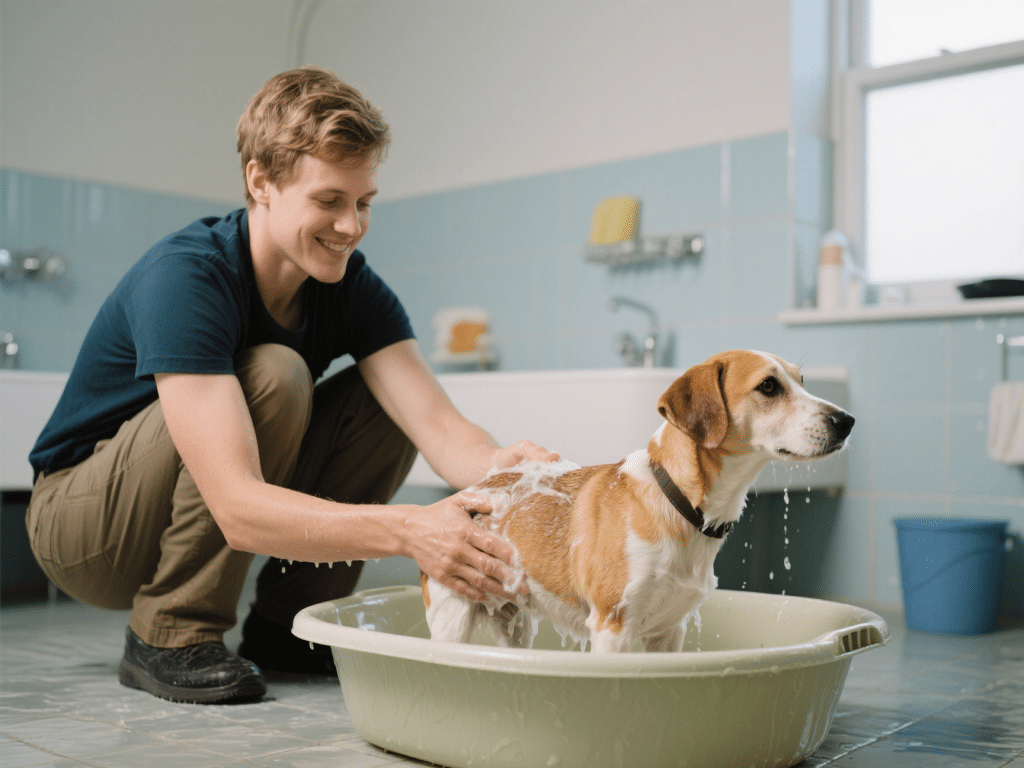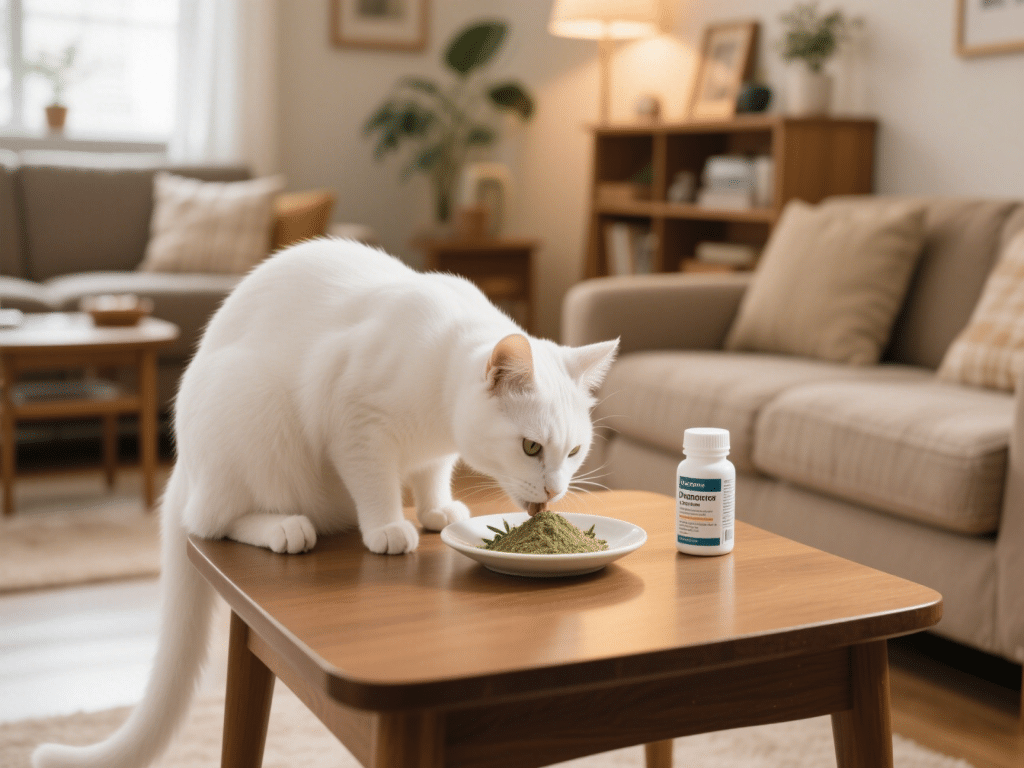Caring for Senior Cats: Tips for a Happy Golden Age
Cats are generally considered “senior” around age 10-11. As your feline companion enters their golden years, their needs evolve significantly. Providing tailored care is crucial for maintaining their comfort, health, and happiness. Here are essential, vet-recommended strategies:
1. Recognizing Changing Needs & Veterinary Partnership
Increased Vet Visits: Schedule check-ups every 6 months, not annually. Senior cats can develop conditions like kidney disease, hyperthyroidism, arthritis, or dental issues rapidly. Early detection is paramount.
Symptom Vigilance: Note subtle changes: increased thirst/urination, weight loss/gain, altered appetite, reduced mobility, vocalization changes, litter box avoidance, altered grooming habits, or confusion. Report these promptly.
Diagnostic Monitoring: Regular bloodwork (CBC, chemistry panel, thyroid check), urine analysis, and blood pressure monitoring become critical tools for proactive health management.
2. Optimizing Nutrition & Hydration
Senior-Specific Diet: Transition to a high-quality, easily digestible senior or geriatric formula food. These typically feature:
Higher Protein: Maintains muscle mass (look for >30% protein from animal sources), crucial for preventing sarcopenia.
Controlled Phosphorus: Supports kidney health.
Joint Supplements: Often include glucosamine/chondroitin.
Increased Fiber: Aids digestion.
Appropriate Calories: Adjusted for potentially lower activity to prevent obesity.
Hydration is Critical: Encourage water intake aggressively:
Provide multiple fresh water stations (wide ceramic bowls preferred).
Consider cat water fountains appealing to their instinct.
Add water to wet food (pate style works best).
Offer high-moisture wet food as a significant portion of their diet.
Feeding Accessibility: Use shallow, wide bowls. Elevated bowls may ease neck strain if arthritis is present.
3. Creating a Senior-Friendly Environment
Mobility Support:
Provide low-sided litter boxes with easy entry (consider cutting an entryway). Place boxes on every level of the home.
Install stable pet ramps or stairs (with carpet for grip) to access favorite high spots or beds.
Use non-slip rugs or mats on slippery floors.
Comfort & Warmth:
Offer plush, orthopedic beds in warm, draft-free locations. Heated beds (specifically designed for pets) are often appreciated.
Ensure cozy resting spots are easily accessible, away from noisy areas.
Reduced Stress: Minimize major changes in routine or environment. Provide quiet hiding spots.
4. Managing Pain & Discomfort
Arthritis Awareness: This is extremely common but often underdiagnosed. Signs include reluctance to jump, stiffness, limping, difficulty using the litter box, or reduced grooming.
Veterinary Pain Management: Never give human medication. Consult your vet for FDA-approved feline pain relief (e.g., Solensia injections, Onsior, Gabapentin), supplements (Adequan injections, Dasuquin), or therapeutic laser treatment.
Environmental Modifications: Ramps, heated beds, and easily accessible resources significantly reduce arthritic discomfort.
5. Maintaining Mental Engagement & Gentle Interaction
Adapted Play: Continue play sessions but shorter, gentler, and ground-based. Use wand toys requiring minimal jumping or puzzle feeders stimulating their mind. Follow their lead; stop if they seem tired or frustrated.
Enrichment: Provide window perches for bird watching, cat-safe plants (like cat grass), and simple puzzle toys. Gentle grooming sessions are bonding and help monitor skin/coat health.
Respect Their Space: Senior cats may sleep more and seek more quiet time. Allow them to initiate interaction and provide undisturbed rest areas.
6. Special Considerations & Quality of Life
Dental Health: Dental disease causes significant pain and systemic issues. Discuss professional cleanings and home dental care (if tolerated) with your vet.
Grooming Assistance: Help with grooming hard-to-reach areas using a soft brush. Check for mats, especially in long-haired cats. Monitor nail length as activity decreases.
Litter Box Management: Scoop multiple times daily. Use unscented, soft litter. Ensure boxes are easily located and accessible. Consider additional boxes.
The Hardest Decision: Work closely with your vet to regularly assess your cat’s Quality of Life (QoL) using objective scales. Focus on their ability to enjoy core activities (eating, using the litter box comfortably, interacting) and absence of unmanaged pain or distress. Making a compassionate end-of-life decision is the ultimate act of love.
Conclusion:
Caring for a senior cat requires attentive observation, proactive veterinary care, and thoughtful environmental adjustments. By focusing on their specific nutritional, physical, and emotional needs, you can significantly enhance their comfort and well-being during their golden years. This dedicated care deepens your bond and honors the lifetime of companionship they’ve provided. Partner consistently with your veterinarian to navigate this special life stage and ensure your beloved feline friend enjoys their senior years with dignity and contentment.










Comments on "Caring for Senior Cats: Tips for a Happy Golden Age" :